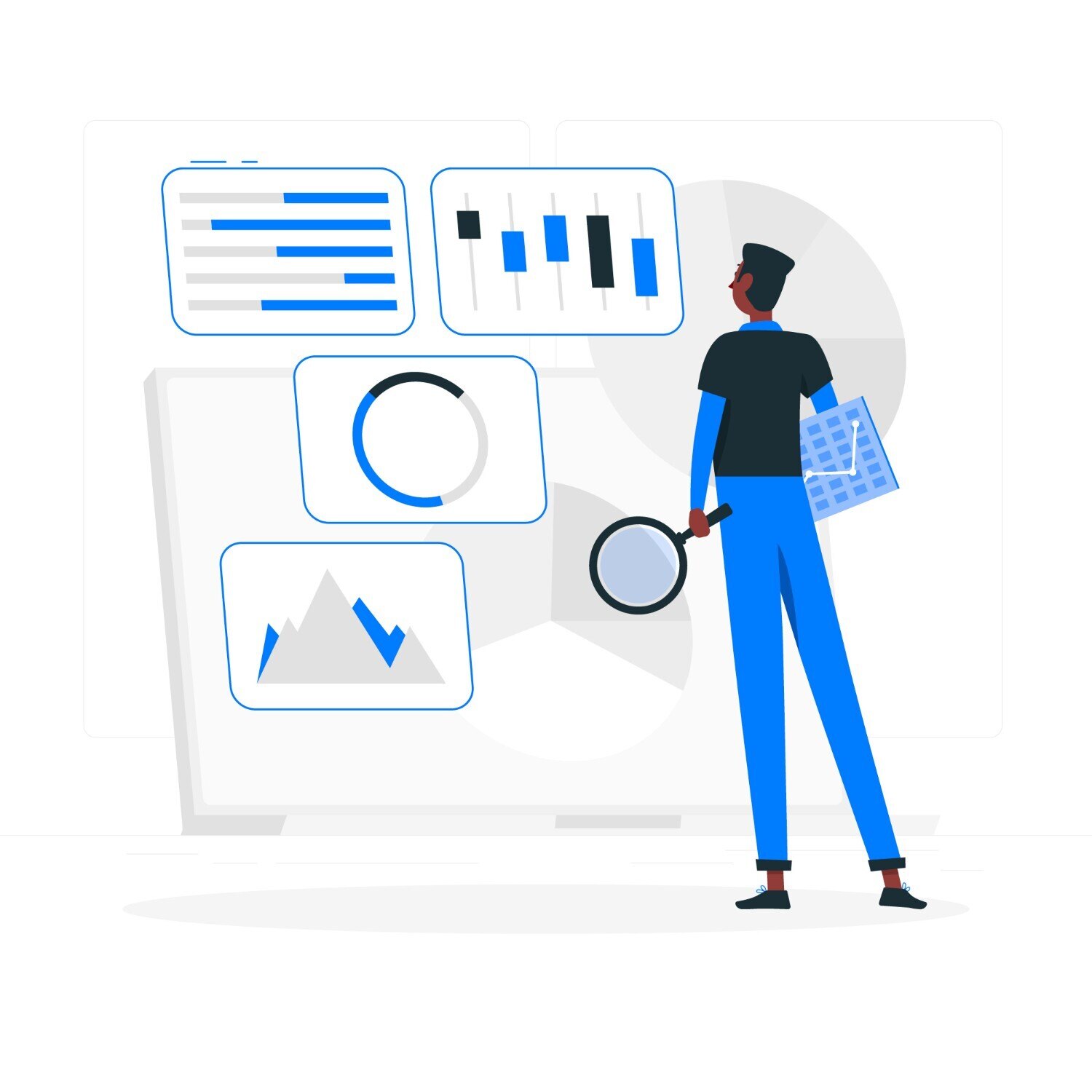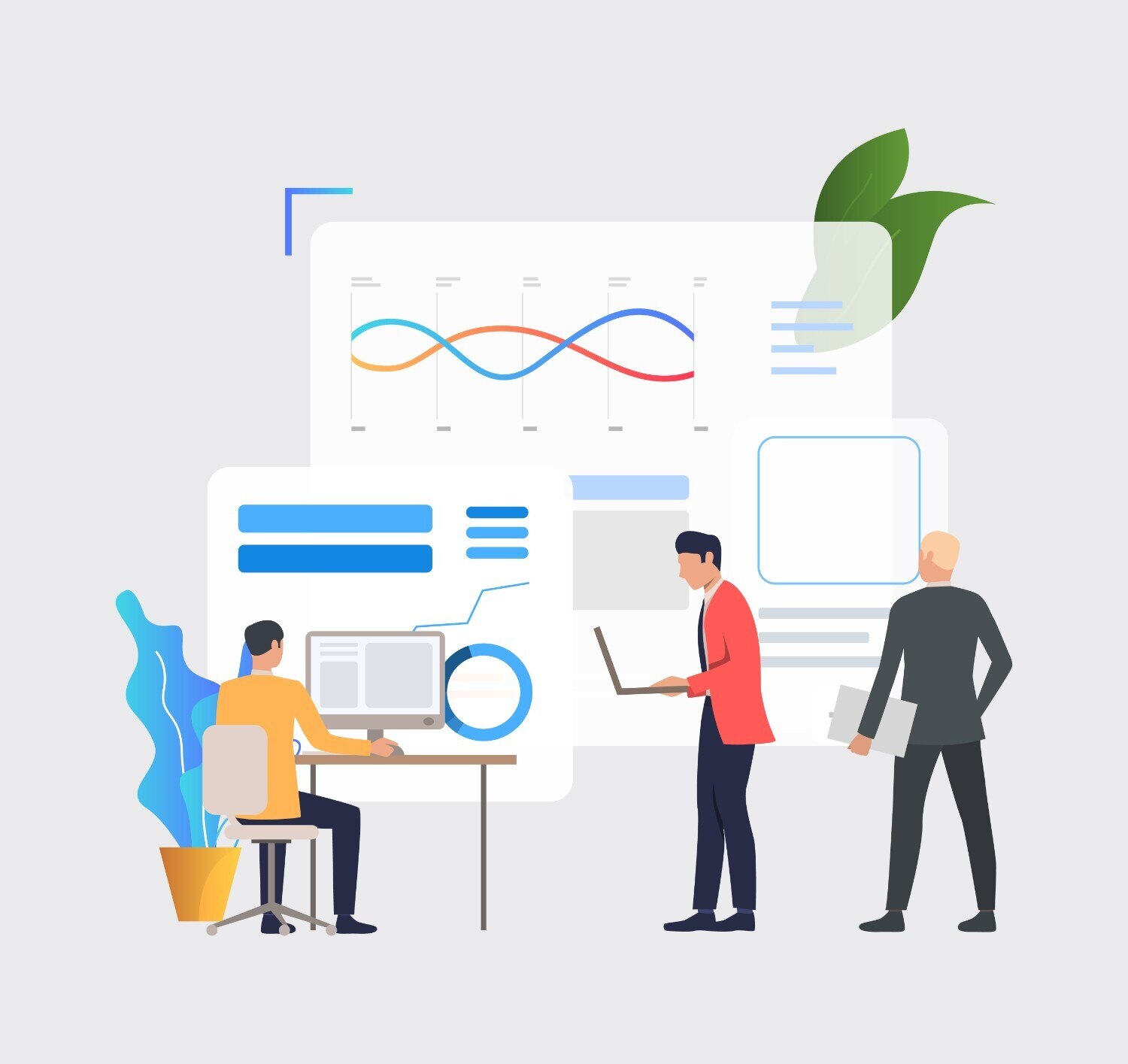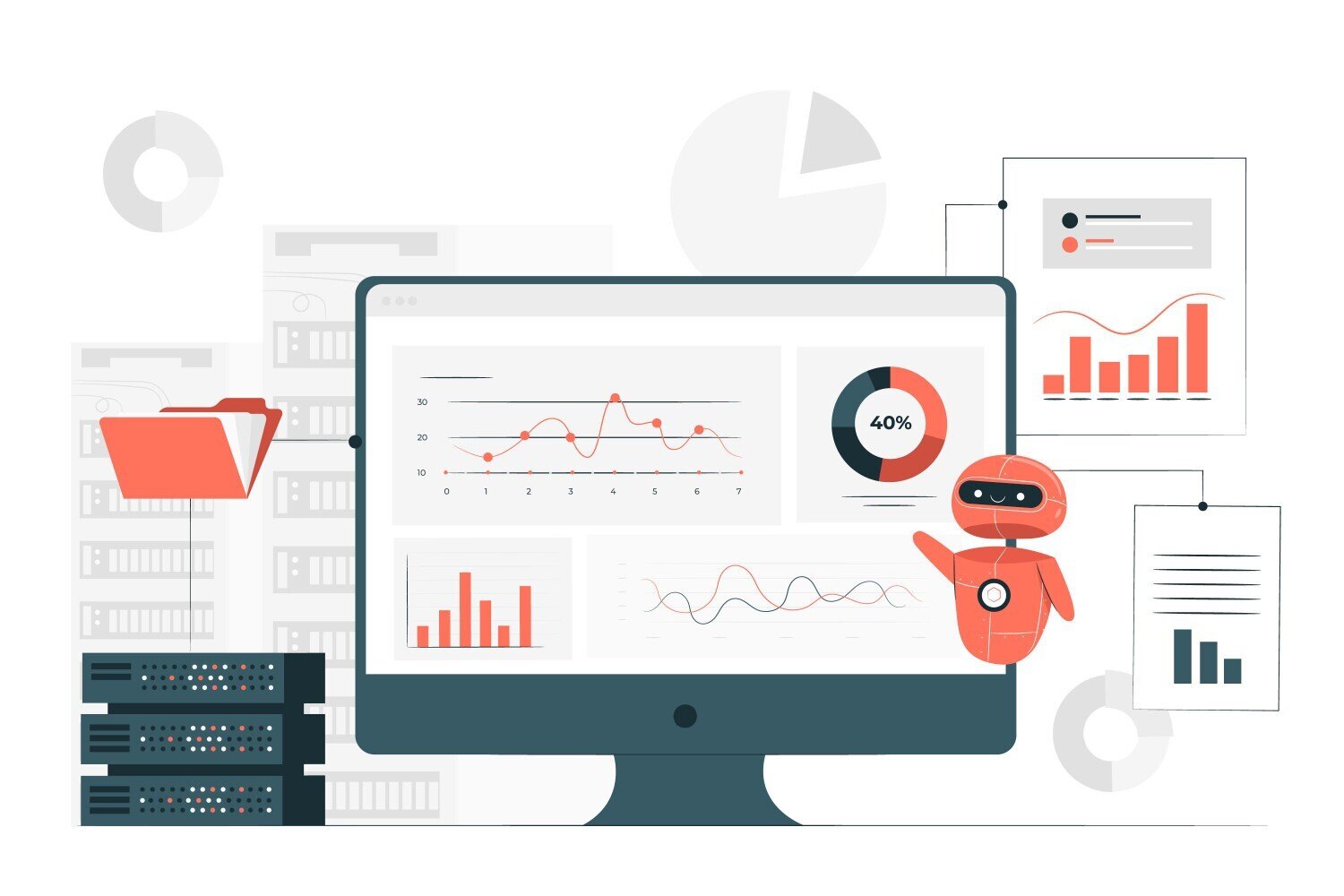Augmented Analytics: Future of Business Intelligence
Introduction
“We live in an era of big data.”
In the past year with the growing amount of Big Data, datasets have become so complex that traditional BI solutions either fail in getting, dealing, preparing or just understanding the data.
But data is everywhere and growing with every click. We need to find ways to handle it and leverage it for our benefit.
Google, Netflix, Spotify, Facebook, and Amazon are leveraging user data and mixing it with their unique profile to create new products. Such products are more likely to be loved by users.
Similarly, governments and hospitals, are utilizing augmented analytics to find efficient ways to administer services.
If an organization wants to thrive in the information age, they need to uncover the insights hiding in data. Digging through this data is tedious and tough but the right tools can make this process efficient and simple.
In this blog, we are going to help you identify the solution to your changing data needs and their relation with augmented analytics.
What is Augmented Analytics?

According to Gartner’s 2018 research, Augmented Analytics Is the Future of Data and Analytics, “Augmented analytics uses machine learning/ artificial intelligence (ML/AI) techniques to automate data preparation, forensic discovery. and sharing. It also automates data science and ML model development, management, and deployment.”
Augmented analytics is artificial intelligence that will change everything about business intelligence and business analytics.
Contents
Machine-Generated Business Intelligence
Traditional BI
Analytics and business intelligence have been around for quite some time now. In 1958, Hans Peter Luhn, IBM researcher, published a white paper “A Business Intelligence System.” in the paper, he posited that because “information is now being generated and utilized at an ever-increasing rate because of the accelerated pace and scope of human activities.”
According to him, to process this we will require new technological tools as organizations will need all that information for making better organizational decisions.
Traditional BI was the first iteration of general-usage tools which focused on connecting to single databases and generating reports.
Analysis was unsophisticated and under a small class of dedicated analysts. But there was immense potential for improvement. This improvement came in the form of the next gen-analytics and self-servicing tools.
Self-Service BI
The drawbacks of traditional BI, including the need for skilled technical workers, lengthy insight times, and poor-quality data analysis, were addressed with self-service BI. Today, almost all the BI tool claims to be self-service.
Today, Self-service BI solutions possess user-friendly graphical interfaces. These systems can handle millions and billions of data drawn from multiple sources: in-house databases and cloud storage.
This system can be used by non-technical users and get them ready for analysis to speed up insights and eliminate bottlenecks. Modern BI solutions make data security, governance, and access control simpler.
Different Data Approach
Lastly, self-service BI systems have dashboard-building features. These features offer a wide array of infographics and easy color selection to make insights look good. This gives users across the board access to insights and eases to tag other users and add them to dashboards. This leaves no need to reinvent the wheel. However, these enhancements aren’t enough and there is an immense need to approach data differently.
Business Intelligence Changes Over Time
BI tools are continuously evolving from monitoring performance to being sophisticated Artificial Intelligence-driven analytics platforms.
Thinking About Data and Analytics Differently
Modern analytics and BI systems have a lot going for them, but there are still places for innovation. We need to re-think about data itself. Data preparation could be simplified and the business-led aspects of the industry need to be countered.
While modern BI solutions can handle greater volumes of data, even with self-service systems, cleaning that data is still a manual process. This leaves room for human error before the analysis has begun!
With Augmented analytics systems, AI components will improve this process. BI solutions are great at showing users the insights but there is a small problem, that’s all they show. If someone wants to know exactly what they’re looking for, then chances are they’re going to find it leaves little room for unexpected results that they might have not been thinking of. This is exactly the kind of information that can have a huge impact on the organization.
The AI-assisted system can help humans to tackle this problem and get more out of their analyses. Easy-to-use analytics tools, made by AI elements can change organizations and allow users to make smarter decisions.
Another huge reason is data itself. Human activities never stop making new data as data comes from countless human and machine sources. This poses a huge challenge for IT departments to marry these disparate data sources.
By relying on BI to make decisions, they will understand that they can’t rely on a small cluster of analysts to do all the crunching and database management.
In a modern company, insights can positively impact workers, and the next big idea could come from anywhere. Traditional BI doesn’t work for the new world. So, what does the future of augmented analytics and BI look like?
Looking Toward the Future
Data is called the “new oil.”
Why?
Because companies see it as a powerful resource.
And, if you want to leverage this resource, it’s not enough to have just a small team to plumb data for insights. Data access has to be democratized, especially with the stakeholders. This will enable them to access intelligent, self-service solutions to find answers to an important question that matter most to them, with game-changing analyses.
Besides, data stored in off-site, proprietary, and third-party databases have to be ingested easily, securely, and with fewer resources for IT. This will quickly reveal insights and you can easily share them with others in the company.
Democratization and Self-Service:
With technology becoming more and more ingrained in organizations, the frontline workers have become are more tech-savvy than ever. But there just aren’t enough database experts to handle the tasks to govern and clean the data.
Companies can leverage an AI-assisted self-service tool to derive insights on the scale of modern businesses where and when they need them with an easy-to-understand interface.
Delivering Maximum Value:
Adding data to analytics software is the most difficult of getting insights. In the Modern BI era, we are seeing solutions capable of handling disparate sources such as cloud storage, in-house databases, app APIs, CSVs, live data streams to perform complex analyses.
But what if BI tools became smart enough to understand the connection between data sources? That’d be a game-changer.
There has been a great demand for options for analyzing data and sharing results. The interface needs to have multiple ways to access it and make sense. Users also want a social way that provides simplicity to share their insights.
Advanced modern BI systems allow the user to interact via chatbots and AI assistants like Ok Google and Alexa. AI assistances will even suggest people share findings with a fast process of disseminating findings to key members.
What’s Next for BI: Augmented Analytics
![]()
Augmented analytics and BI tools, in the future, will be quite different than the current tools. Augmented analytics, today, integrates AI into the BI process to help in data preparation and insight discovery. This will change with the subtle integration of artificial intelligence and natural language processing into augmented analytics.
In the future of augmented analytics, data ingestion, understanding relationship in data, insight discovery, and interaction with the platform will become more streamlined.
An intelligent augmented analytics BI system will start helping users when they begin interacting with it. Instead of manual data cleanup process, data ingestion will be radically simplified and AI components will do much of the heavy lifting.
AI elements, within a few years, will surface these relationships via visualizations. This will allow users to drill down and look for more insights. Seamless processes from data ingestion to insight searching will be a huge time saver.
Augmented analytics systems will also handle Big Data as companies already have data needs in billions. Despite the amount of data or its origin, these smart systems will handle them. They will also understand the differences between the datasets, how they interact, and how to query them for results. Instead of waiting for the users to perform analyses, these systems will be active in interweaving and analyzing the data.
If a user is actively searching for new insights, AI systems will help them prepare. However, even at this stage, it will be different under the augmented analytics framework. AI in augmented analytics will be free of human biases and reveal crucial insights that humans never realized were important. They will do this by observing the connections in the ocean of data and suggesting relationships.
Moreover, advanced machine learning algorithms aren’t biased, or bound by preconceived notions. They will deliver insights where they are found and will even become spatially aware of it.
Once the insights are served, these smart systems will be able to walk users through the data and help them gain understanding. This is very opposite to them just giving the information. This change will extend beyond using the platform as many modern BI solutions now have mobile apps. Chatbot or Alexa integrations have allowed users to interact with the data in different ways and analytics will keep building on this trend.
Augmented analytics and BI will become immersive as new insights and data will be accessible.
Conclusion
Data is now Big Data. Countless users and devices are creating new digital records every second. This data is being processed and stored in complex ways. However, traditional technology is unable to handle the ever-mounting information. Hence, we need more powerful and robust AI-augmented analytic systems to make sense of this data.
Every organization and government needs an augmented analytics platform to connect to these databases to find relationships within the data. These relationships are then converted into crucial insights with the help of human users and effortlessly share across the entire organization.
However, in the coming year, they will also need ways to work with Big Data especially the one that goes beyond the usual analytics systems. This data can completely reimagine how users can relate to data. Augmented analytics will change how users experience analytics and change the world by serving up unimaginable insights.


